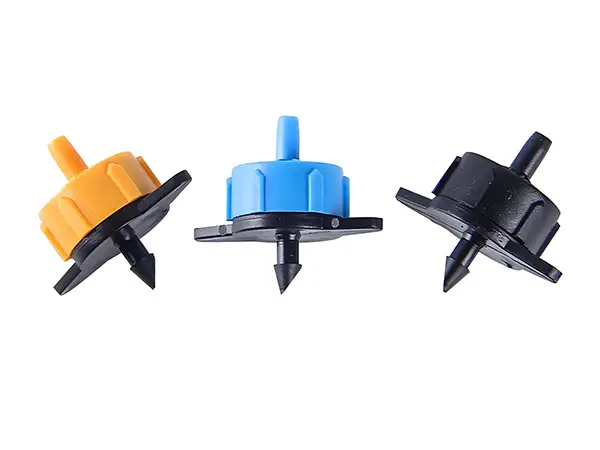
Filtration System
In today's agricultural production, how to ensure high crop yields while conserving resources and protecting the environment has become a focus for farmers and agricultural experts. Integrated water and fertilizer management technology has emerged as a key technology in modern agriculture.
Integrated water and fertilizer management is a technology that combines irrigation and fertilization. It delivers water and fertilizers evenly and appropriately to the crop roots through the irrigation system, meeting the crops' needs for moisture and nutrients. This technology uses pipelines, sprinkler irrigation systems, or drip irrigation systems to mix water-soluble fertilizers with irrigation water and deliver them directly to the fields, achieving synchronized water and fertilizer management.

The integrated water and fertilizer management system consists of a head hub (fertilization system, filtration equipment, control valves, etc.), water distribution network, irrigators, and other accessories.
